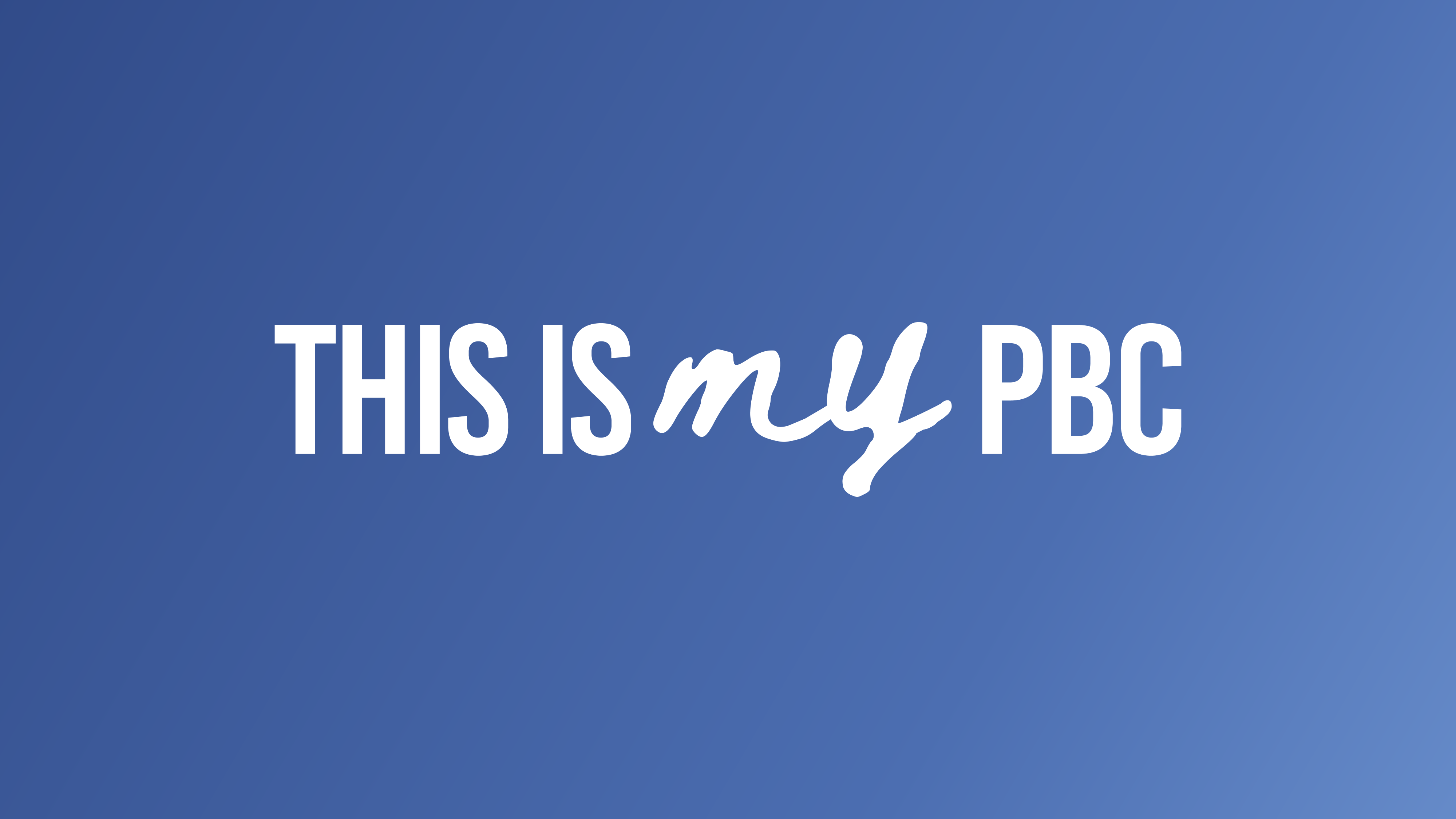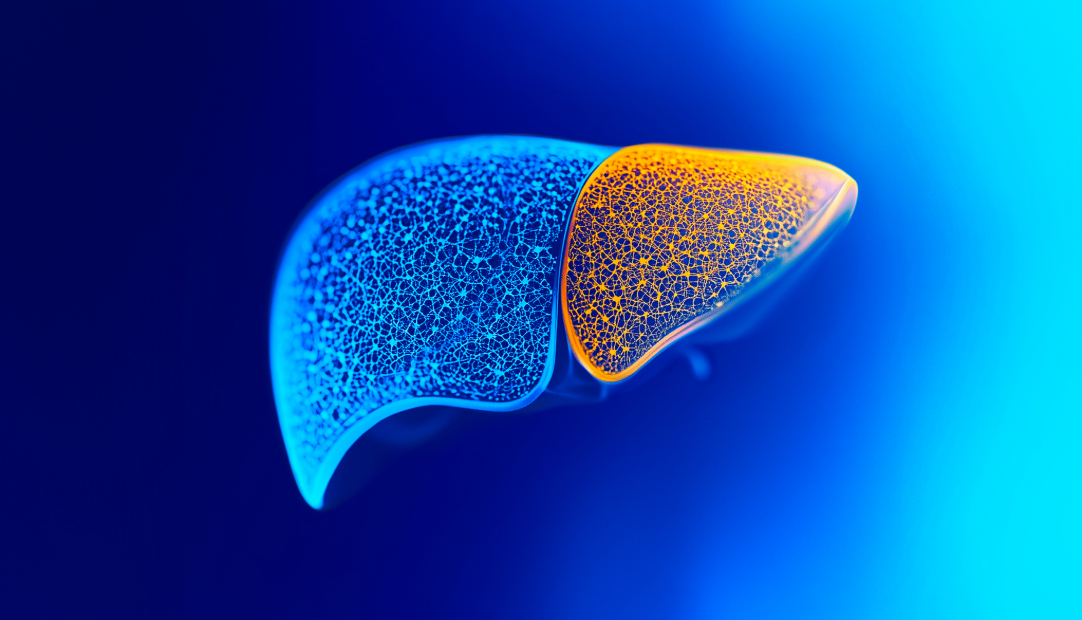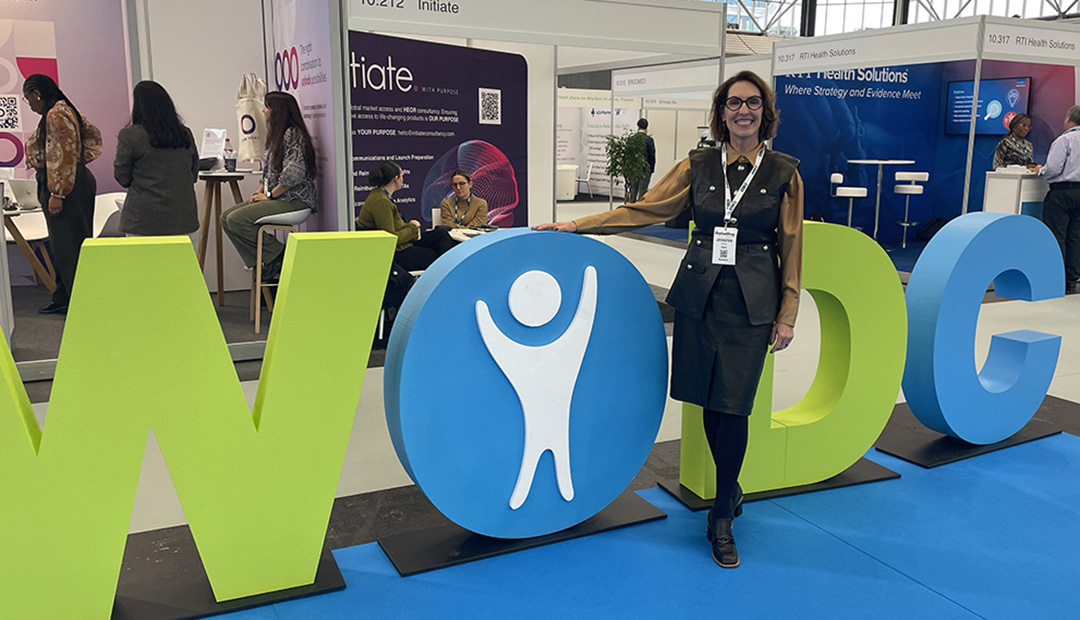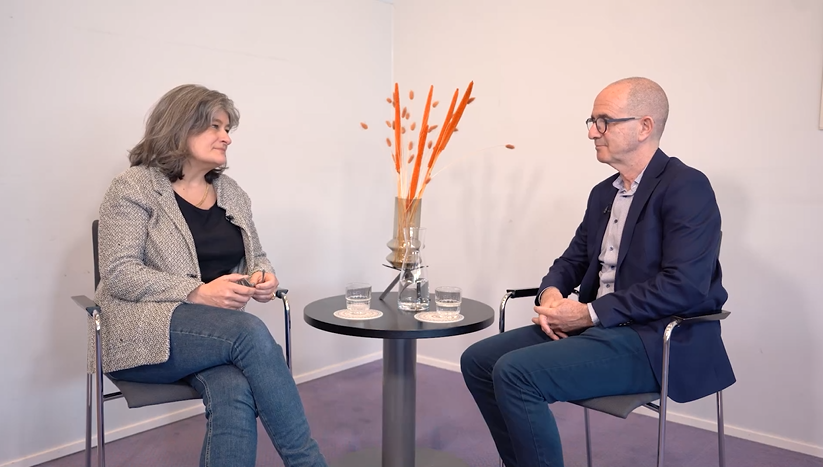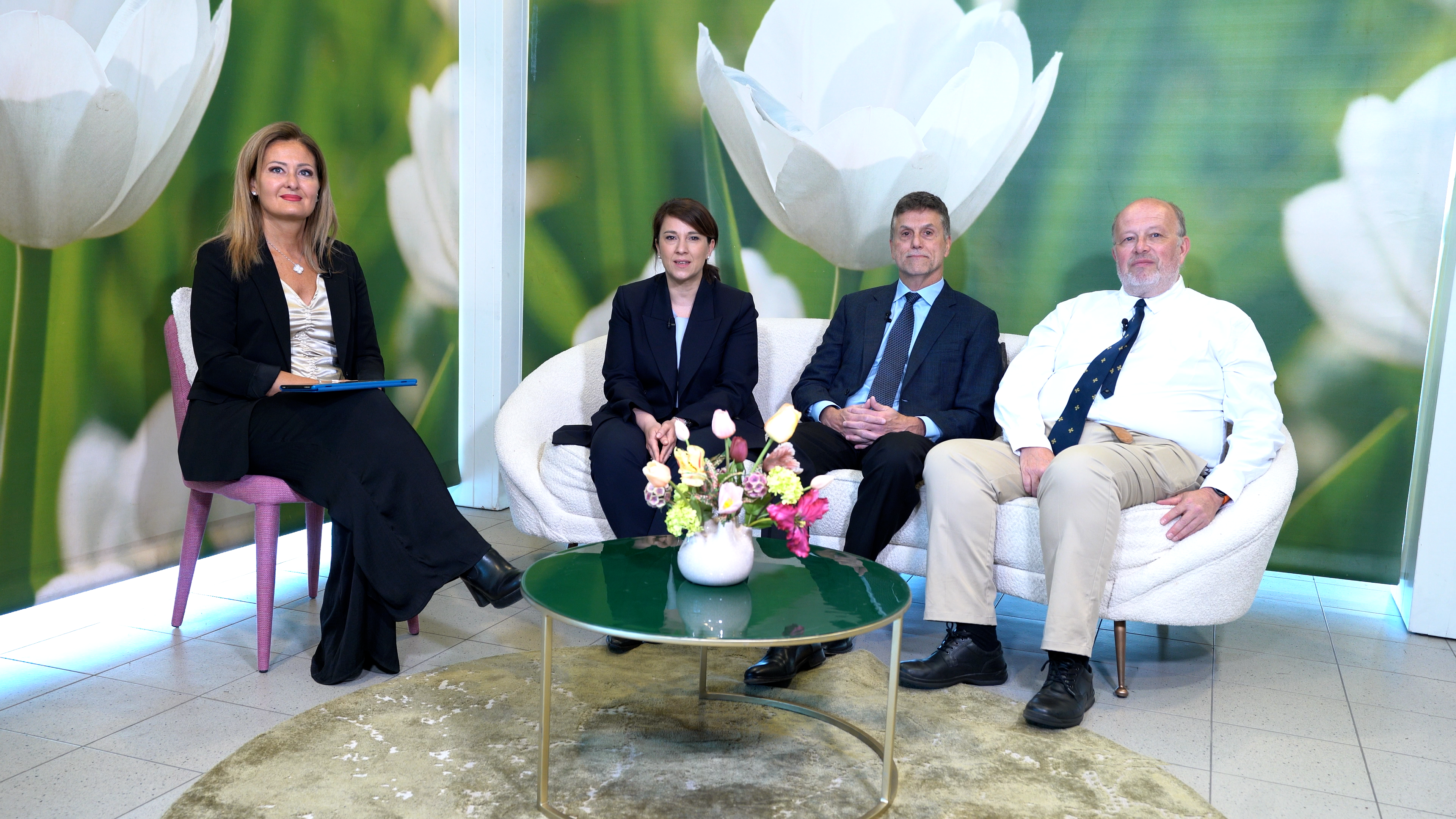Beyond tired: Understanding fatigue in Primary Biliary Cholangitis
“Fatigue is so different to being tired, I can’t get out of bed… it is life changing.”
– Wendy, living with PBC
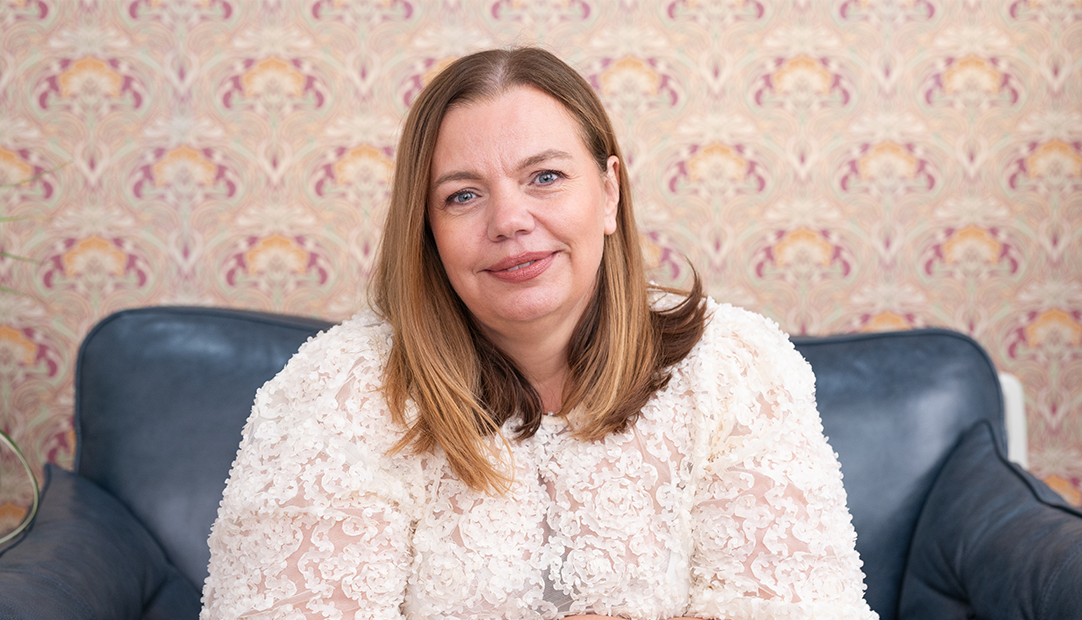
Understanding fatigue
- Fatigue is a distinct and debilitating condition that can have a significant impact on quality of life1
- It often accompanies serious autoimmune diseases such as primary biliary cholangitis (PBC), lupus, multiple sclerosis, and other chronic inflammatory conditions2
- While tiredness can often be relieved by rest or sleep, fatigue is a chronic condition that isn’t improved by rest1
- Fatigue is persistent, overwhelming and not proportional to activity. It affects physical, emotional, and mental functioning, often interfering with daily life2
About PBC
PBC is a rare, progressive, autoimmune, cholestatic liver disease with prevalence increasing globally 3
Autoimmune means that in people with PBC, a type of white blood cell found in the body attacks and gradually destroys the liver’s small bile ducts3
Bile ducts are tiny tubes in the liver that help carry bile, a fluid containing bile acids which breaks down fats and helps remove waste from the body4
When the bile ducts are damaged, bile can’t flow properly and starts to build up in the liver which causes stress and damage to liver cells3
Over time, the liver gets scarred (fibrosis), and if it keeps getting worse, it can lead to cirrhosis (serious liver damage) and even liver failure3
Most common symptoms of PBC
Fatigue
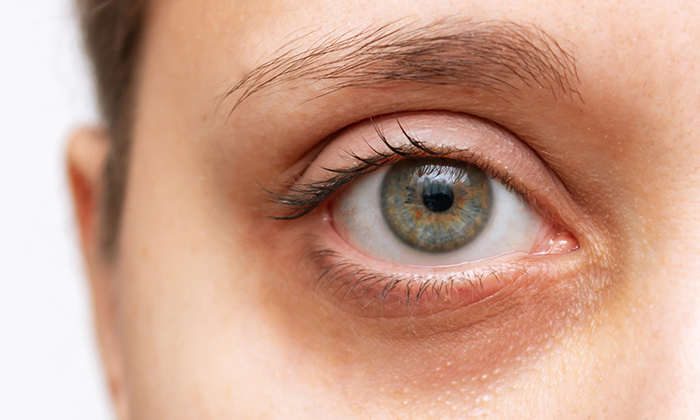
Pruritus (itching)

Fatigue is a common and debilitating symptom of PBC
Fatigue affects up to 80% of people with PBC
Up to 20% are experiencing severe fatigue
Fatigue is not simply a secondary effect of other symptoms such as pruritus.
While pruritus can contribute to the experience of fatigue, research shows the two symptoms are only weakly correlated,7 indicating separate mechanisms are involved.
This suggests that fatigue can improve independently with targeted intervention, reinforcing its status as a treatable condition.
Fatigue is a measurable
Fatigue is a clinically significant condition in PBC
Studies show up to 37% of people with PBC continue to experience fatigue post-liver transplant, making it a condition that requires its own focus.9
*Severe fatigue refers to a significant cause of quality of life impairment11
**Fatigue is assessed using validated patient-reported outcome tools1
While fatigue is common among people living with PBC, there is now evidence that some treatments for PBC may improve fatigue.7,10
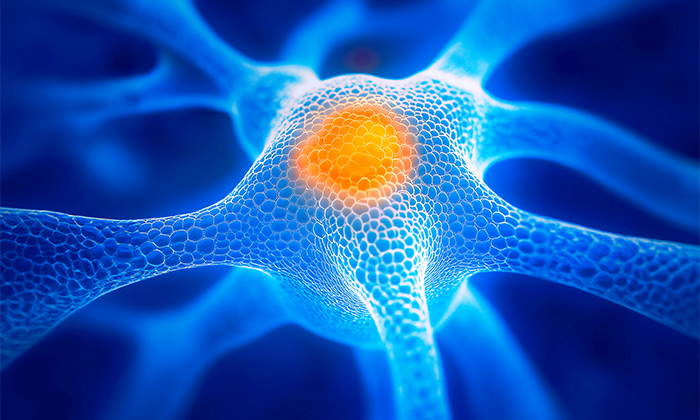
Uncovering the science of fatigue in PBC
Advanced brain imaging techniques are showing changes in brain activity and connectivity associated with fatigue in people living with PBC.12
Recent research suggests that fatigue in PBC is linked to disrupted communication between brain areas involved in motor control, sensory processing and emotional regulation.12
A daily struggle that touches every part of life
Fatigue can have a range of physical, emotional, and cognitive impacts that can deeply disrupt quality of life
Physical impact
Limits movement and daily function13
Cognitive impact
Disrupts sleep quality, memory and focus14
Emotional impact
Anxiety, depression, isolation15
Social impact
Strained relationships and difficulty maintaining employment16
Up to 55% of people living with PBC with severe fatigue experience significant cognitive symptoms.14

Fewer than 20% people living with PBC with severe fatigue are able to work.16

“Sometimes it’s difficult to get through a day at work… and then it impacts your social life… even speaking can be an effort when you’re struggling with fatigue.”
– Jo, living with PBC
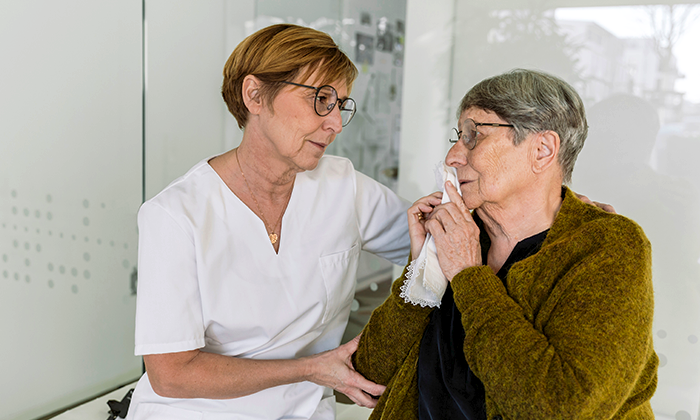
Far reaching impact of fatigue
Fatigue is not just a symptom – it’s an all-encompassing and far-reaching burden that has ripple effects that extend far beyond the individual.
It often shifts daily responsibilities onto family and caregivers, leading to emotional distress and financial strain.17,18
It can also contribute to reduced workforce participation and early retirement.19,20

60% of people with PBC report a loss in work productivity
Up to 60% of people with PBC report a loss in work productivity due to the disease.19
As symptom impact progresses, many people are unable to afford the care they need for their long-term, or chronic conditions, such as PBC. This in turn may result in friends and family providing free care which could lead to loss of work and wages.17,18

Fatigue remains unaddressed
Despite its prevalence and impact, fatigue remains undermanaged and often overlooked in clinical care.8
While validated tools and clinical thresholds exist to track fatigue, they are not consistently implemented in practice,21 resulting in missed opportunities for management.
New era in PBC fatigue management
There is a critical need for improved recognition, routine measurement and open communication around fatigue in PBC, not just as a symptom, but as a core condition that significantly impacts quality of life.
Treatment must go beyond liver biochemistry and address both disease progression and the burden of symptoms, like fatigue – healthcare professionals should see and treat the whole person, not just the liver disease.
- Younossi et al. 2024 Assessment of fatigue and its impact in chronic liver disease. J Hepatol. 81(1 ), pp. 123–134.
- Morris et al. 2015. Central pathways causing fatigue in neuro-inflammatory and autoimmune illnesses. Neurosci Biobehav Rev. 52, pp. 58–92.
- Galoosian A, et al. 2020. Clinical updates in primary biliary cholangitis: trends, epidemiology, diagnostics, and new therapeutic approaches. J Clin Transl Hepatol. 8(1 ),
pp. 49-60 - Ahmed 2022. Functional, Diagnostic and Therapeutic Aspects of Bile.105-120.
- Chalifoux SL, et al. 2017. Extrahepatic Manifestations of Primary Biliary Cholangitis. Gut. 15;11(6 ):771-780.
- Jopson, L and Jones, D. 2015. Fatigue in Primary Biliary Cirrhosis: Prevalence, Pathogenesis and Management. Dig Dis. Suppl 2:109-14
- Jones et al., Elafibranor improves fatigue versus placebo in patients with primary biliary cholangitis, with limited correlation with pruritus: Analyses from the phase III EL ATIVE® trial. Poster presented at the EASL Congress May 2025.
- Toussaint, A, et al. 2022. Factors associated with severity and persistence of fatigue in patients with primary biliary cholangitis: study protocol of a prospective cohort study with a mixed-methods approach. BMJ open. 12(12): e061419.
- Shahini and Ahmed, 2021. Chronic fatigue should not be overlooked in primary biliary cholangitis
- Lynch et al. 2022. Understanding fatigue in primary biliary cholangitis. World Journal of Hepatology. 14(6);111.
- H irschfield et al 2018. The British Society of Gastroenterology/UK-PBC primary biliary cholangitis treatment and management guidelines. Gut. 67(9) , pp. 1568–1594.
- M osher, VA, et al. 2017. Primary biliary cholangitis alters functional connections of the brain’s deep gray matter. Clinical and translational gastroenterology. 8(7) :e107.
- Maetzler, W, et al. 2024. Fatigue-related changes of daily function: Most promising measures for the digital age. Digital Biomarkers. 8(1 ), 30-39.
- Phaw et al. 2021. Understanding Fatigue in Primary Biliary Cholangitis. Clin Liver Dis (Hoboken). 18(2 ), pp. 47–51.
- Gungabissoon U, et al. 2022. Disease burden of primary biliary cholangitis and associated pruritus based on a cross-sectional US claims analysis. BMJ Open Gastroenterol. 9(1 ), p.e000857.
- Khanna et al. 2018. Rituximab for the treatment of fatigue in primary biliary cholangitis (formerly primary biliary cirrhosis): a randomised controlled trial. J Hepatol. 69(5 ), pp. 946–953.
- Luk KM, et al. 2020. The Annual Direct and Indirect Health Care Costs for Patients with Chronic Pruritus and their Determining Factors. J Invest Dermatol. 140:699-701 e5.
- Statistics OfN. Unpaid care, England and Wales: Census 2021. Available at: https://www.ons.gov.uk/peoplepopulationandcommunity/healthandsocialcare/healthandwellbeing/bulletins/unpaidcareenglandandwales/census2021. Accessed August 2025.
- C Levy, et al. 2023. Understanding the Experience of Patients with Primary Biliary Cholangitis and Pruritus. Abstract presented at ISPOR, 7-11 May 2023, Boston.
- Parikh-Patel, A, et al. 2002. Functional status of patients with primary biliary cirrhosis. Official journal of the American College of Gastroenterology. 97(11): 2871-2879.
- Freer A, et al 2024. A home-based exercise programme attenuates fatigue in primary biliary cholangitis: Results from the EXCITED clinical trial. JHEP Reports. 6(12):101210.




